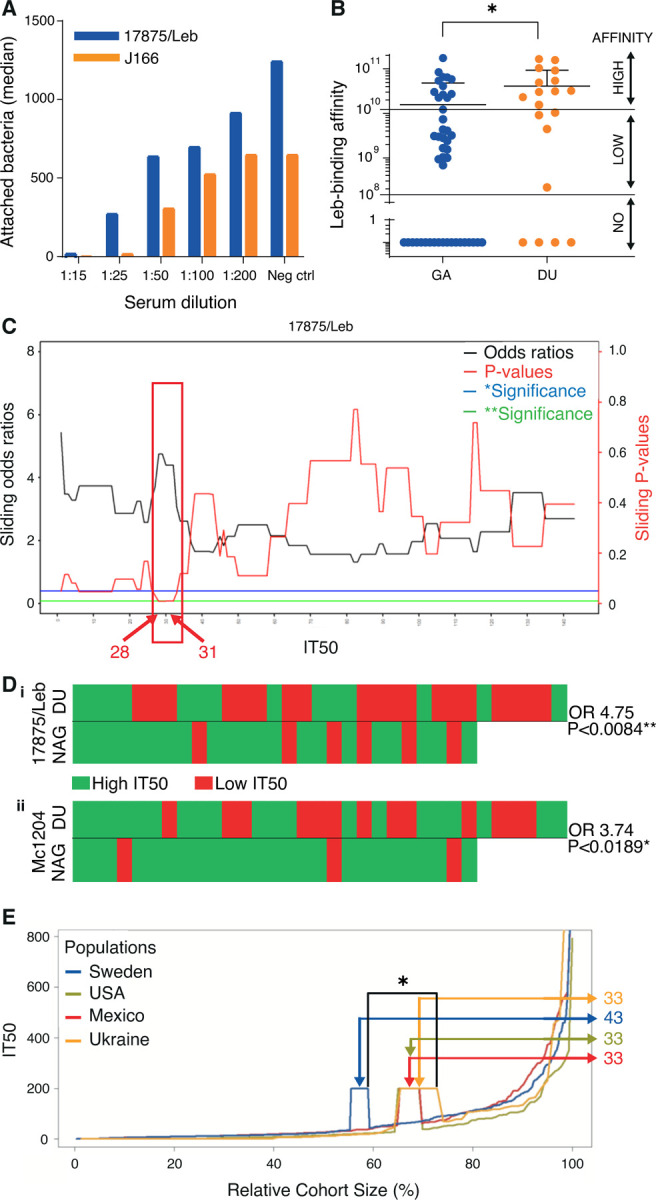Figure 3. Broadly blocking serum Abs protect against overt gastric disease.

(A) The serum sample from individual 1 in Figure 1A blocked the in vitro binding, i.e., attachment, of H. pylori to human gastric mucosa. In the 1:25 dilution, the 17875/Leb and J166 strains demonstrated 28% and 3% residual attachment, respectively (Figure S3A).
(B) Among Leb-binding Swedish DU and gastritis (GA) isolates 11, ~80% (12/15) of DU isolates were found to exhibit higher Leb-binding affinity compared to ~50% (13/27) of the GA isolates (Table S2A).
(C) The sliding window X-axis and ROC test (Figure S3Ei) show the IT50s for strain 17875/Leb that were used to calculate the series of ORs (black line) and their corresponding p-values (red line) (IT50s from Table S3). The IT50 = 28–31 interval with a significant OR is indicated by the red box.
(Di) Individual sera from the NAG vs. DU group, where the critical IT50 ~30 for 17875/Leb was identified as an Rf for DU (IT50 > 30 in green, IT50 < 30 in red) with OR 4.75; 95%CI: 1.58–15.86, and p < 0.0084**.
(Dii) The H. pylori Mc1204 isolate (Table S2B) identified the Rf IT50 ~15 with OR 3.74; 95%Cl: 1.12–14.98, and p < 0.0189* (Figures S3Di and S3Eii) (IT50s from Table S3), whereas the low affinity Leb-binding strains J166 and Sw44 (Figure S2B) did not produce significant ORs (Figures S3Dii and Diii).
(E) The serum samples from Kalixanda (Sweden), the US, Mexico, and Ukraine were ordered according to their IT50 and relative sample size. The three cohorts with gastric disease (the US, Mexico, and Ukraine) exhibited only 33% of individuals above the Rf IT50 = 30, compared to 43% in the general adult “gastric healthy” Kalixanda (Swedish) cohort (Table S4); p = 0.014 and p = 0.056 for the higher vs. the lower samples of the intervals.
